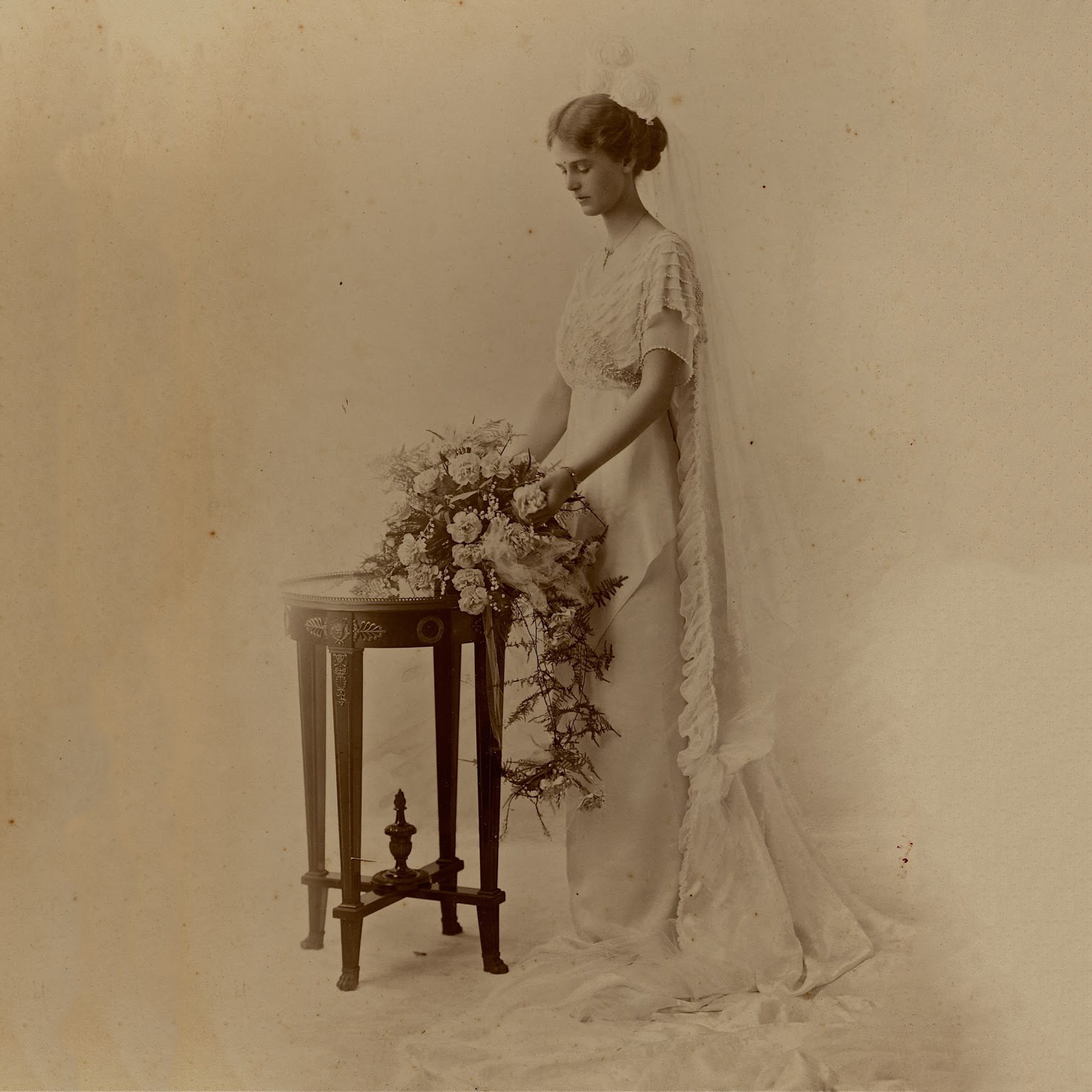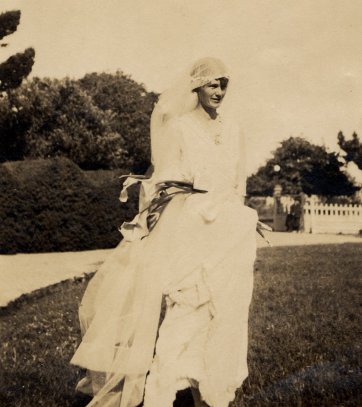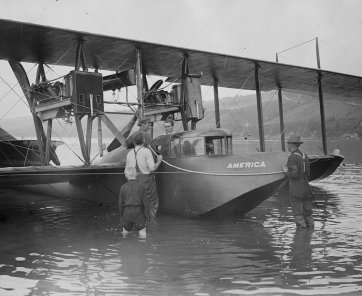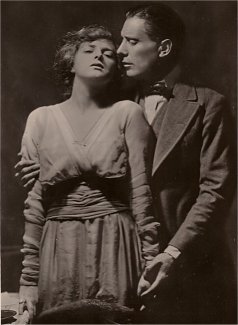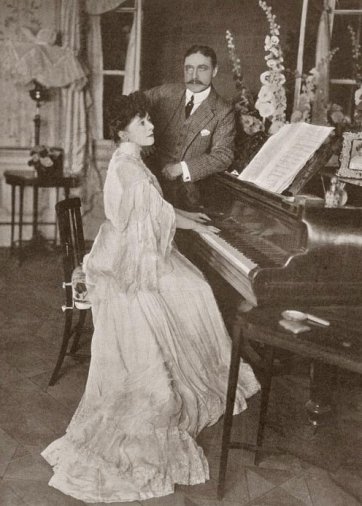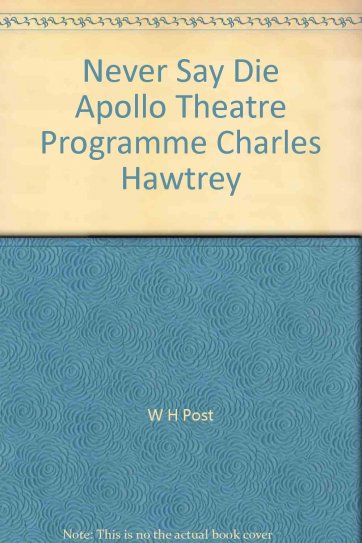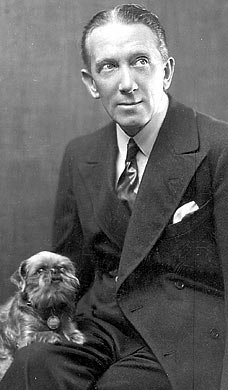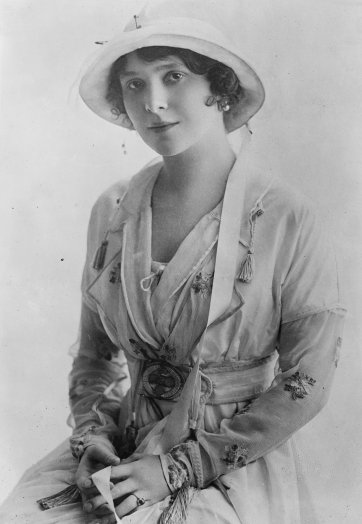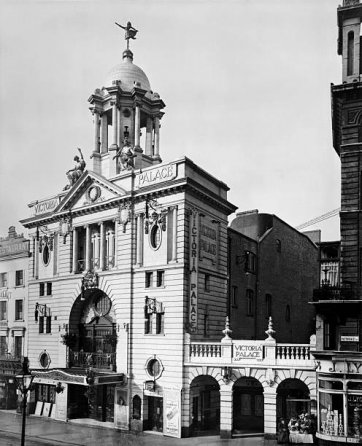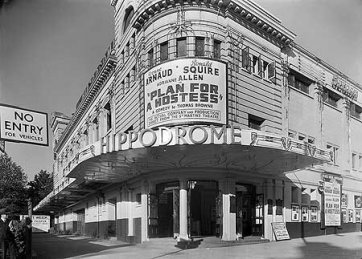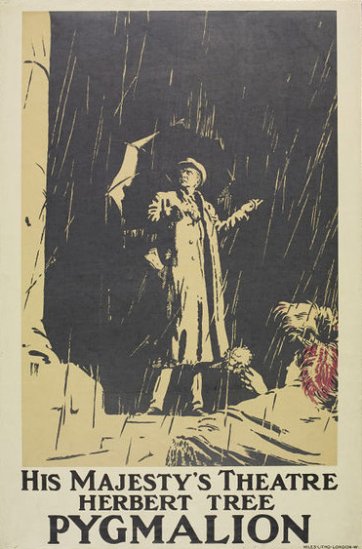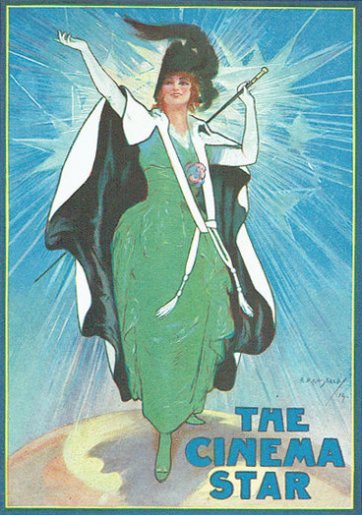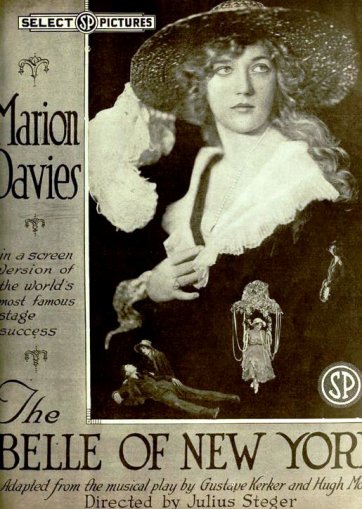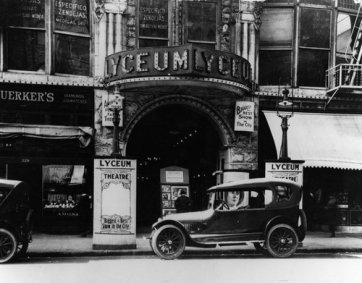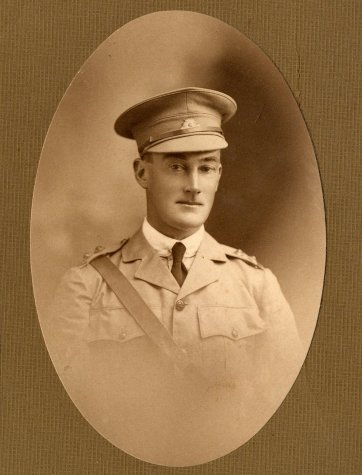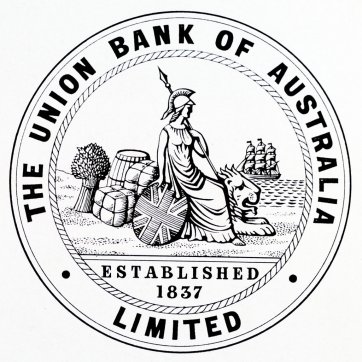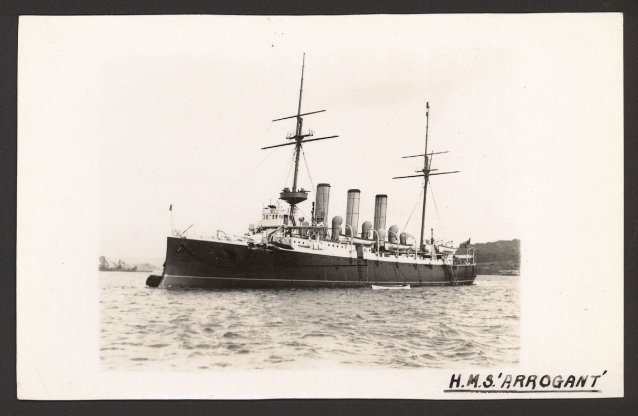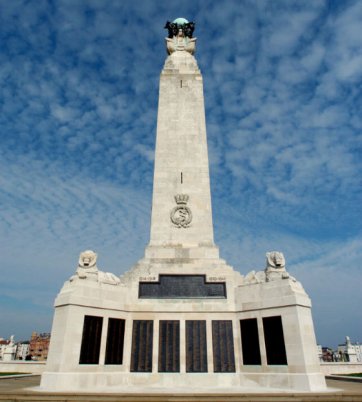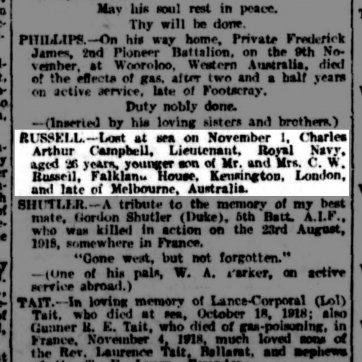Where do we draw a line between the personal and the historical? Although she died in Melbourne in 1975, when I was not quite eleven years old, I have the vividest memories of my maternal grandmother Helen Borthwick. Mrs Borthwick was the eldest daughter of the Hon. William Pearson, MLC, who represented the Province of Gippsland in the upper house of the Victorian Parliament through the years at either side of Federation, and was a member of the powerful Joint Committee on Defence. The highlight of the Pearsons’ extended visit to England, commencing towards the end of 1912, was when Lady Reid, the wife of the Australian High Commissioner, Sir George H. Reid, sometime fourth Prime Minister of the Commonwealth, 1904–05, presented Great-Grandmother Sophie Pearson to the King and Queen at an evening court at Buckingham Palace, and Mrs. Pearson in turn presented her daughters. Here is the exquisite photograph that was taken by Speaight Limited, Photographers & Portrait Painters at 157 New Bond Street (No. 42645B), to commemorate this, the apex of Gran’s “coming-out” year. Note the regulation two white ostrich feathers on top—two for unmarried ladies, three for the other sort—as well as the equally regulated veil, train and expensive “shower” bouquet, which was the size (and presumably the weight) of a mutant cabbage. Imagine, so encumbered, making the deepest possible curtsy, then walking backwards out of the royal presence. Pursuant to my researches into Edwardian Court protocol (via ample, published instructions from the office of the Lord Chamberlain), I now know you ordered two shower bouquets, one for the Evening Court and the other for when the fashionable Mayfair photographers could eventually squeeze you in.
Gran’s diary for 1914 survived among my late mother’s possessions, and it is obvious that the family extracted every moment of excitement from the London season. Apart from separate skiing holidays at Pontresina and Klosters, a visit to Menton where on 4 February 1914, she joined only a small handful of women who had ever flown in an amphibious aircraft or “hydroplane,” to say nothing of country excursions throughout England, and to Scotland and Wales, Gran’s days were largely spent cycling, or playing tennis or golf, or attending point-to-point meetings, or riding in Hyde Park, or watching the aeroplanes at Farnborough, going to the reviews at Spithead and Aldershot, and the Duke and Duchess of Connaught’s bazaar at Bagshot Park, near Windsor. She attended the regatta at Henley, the Richmond Horse Show, Royal Ascot, polo matches, and celebrity golfing and tennis tournaments. She went to innumerable dances, had her photograph taken, and went shopping almost every day. She had lunch with her brother and sister at the Trocadero. They went to the Army and Navy rugby and cricket matches. In May Week she went with friends to the Trinity and Jesus College balls at Cambridge, and in June she saw the Prince of Wales buy a cake at Stewart’s.
